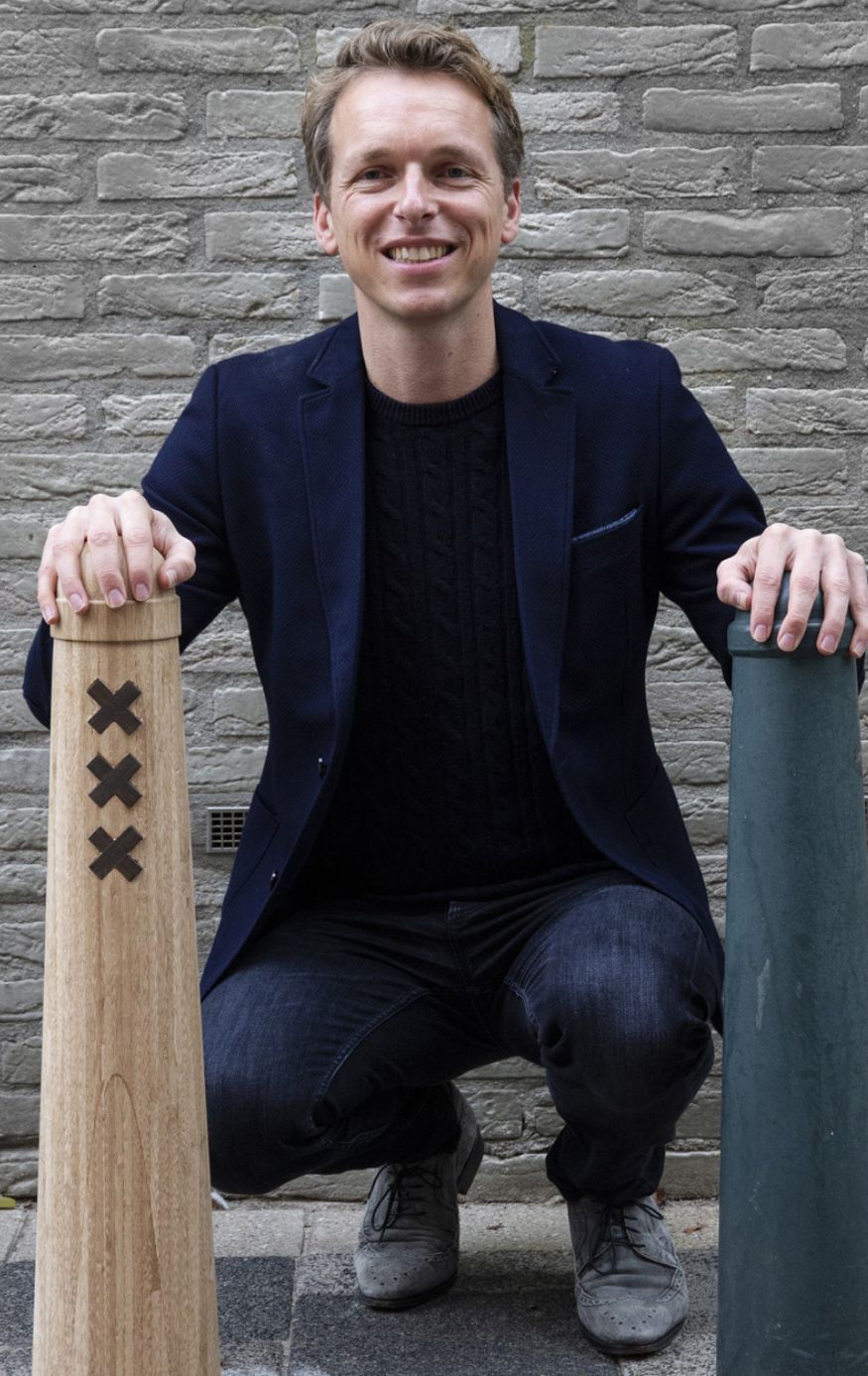Tomorrow’s Timber Talk – Towards the next building revolution
Tomorrow’s Timber Talk – Towards the next building revolution
Construction event
Did you know that building and construction work accounts for 36% of global energy use and 39% of energy-related CO2 emissions?
Built environment professionals can help combat climate change by adopting sustainable construction.
Trees play a vital part in combatting climate change, as they absorb CO2 while growing. Using timber from sustainably managed forests in construction not only contributes to sustainable buildings, it also ensures that forests can continue to absorb CO2, thereby helping to combat climate change.
During the webinar, architectural engineer Dr Pablo van der Lugt will cover:
- the principles of biobased construction;
- the latest developments in prefabrication options and construction process advantages of using mass engineered timber;
- the application possibilities of the latest generation of wood products;
- the sustainability benefits, including CO2 reduction, lower environmental impact and circular sustainable wood and wood products;
- the biophilic benefits wood buildings provide to their occupants
- the future - what it takes to deliver a “Timber Revolution”.
Pablo will also explain and respond to many prevailing myths about timber buildings.

Presenter Pablo van der Lugt
Architectural engineer Pablo van der Lugt (MSc PhD) is a senior sustainability consultant in the bio-based materials sector and a lecturer at Delft University of Technology.
He is the author of five books on biobased building, including ‘Tomorrow’s Timber’, and regularly publishes his research findings in built environment magazines and scientific journals.
He has delivered TED and Pecha Kucha talks, as well as keynote presentations at high-level international conferences, including the International Climate Conferences COP 21 and COP 24.
Why timber, why PEFC?
Traditional building materials such as concrete, stee and glass emit large amounts of carbon. Timber does the opposite: rather than emitting carbon, it stores it.
As trees grow, they absorb CO2 and store it as carbon in their biomass, where it stays, even after the trees have been harvested. Choosing timber can therefore significantly reduce a building’s carbon footprint. What’s more, using certified, sustainable timber ensures forests remain forests so they can continue to act as carbon sinks.
Timber buildings are also easier and faster to build, as they are lighter than buildings made of traditional materials so don’t require such deep foundations. What’s more, wood surroundings have been shown to have a positive effect on the health and well-being of the building’s occupants.
Choosing PEFC certified wood for your construction project provides assurances that it has been responsibly sourced, with full traceability from forest to the construction site.
Photo credits: Walter Kallenbach